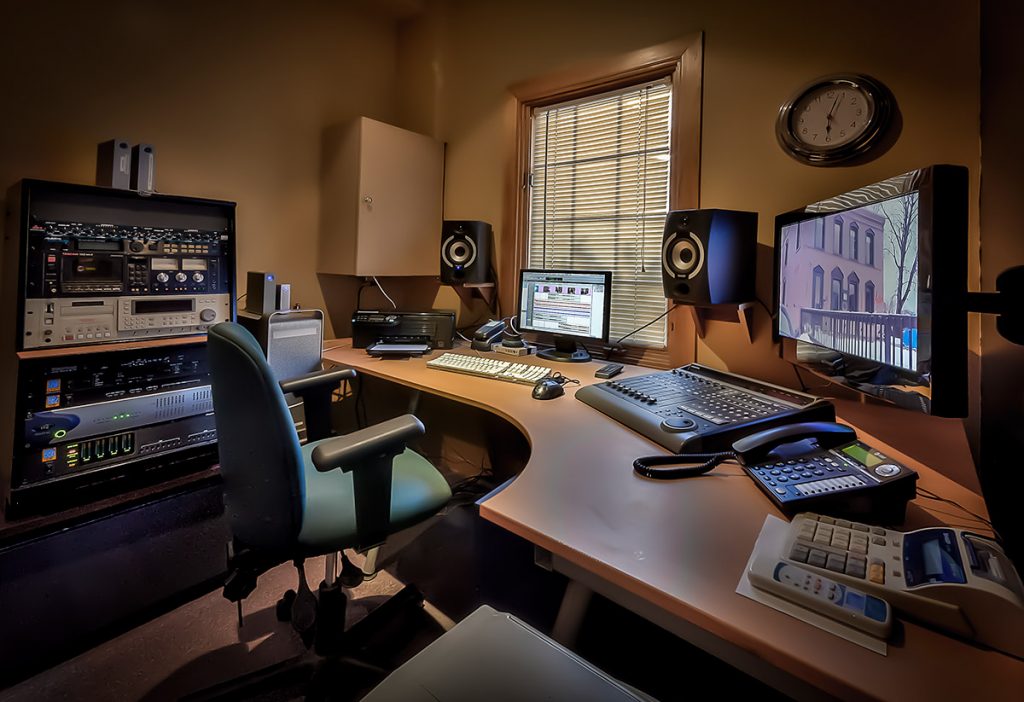You’ve programmed some amazing “amazing” music on your DAW. You’re happy with how it sounds but it could use some live instruments. You pull out your guitar, hook up your interface, get the plug-ins in place and hit record. For some reason, you can’t seem to be able to play on time at all. Wait a minute! We’ve all been at that point where the annoying delay due to the latency ruins the vibe of your creative process. Let’s tackle this issue from its root cause.
Why does this happen? To understand this, we’ll first have to get our heads around the concept of buffer size. Simply put, while recording or playing back audio, a stream of data is being transferred between the soundcard of your interface and the harddrive of your computer. The buffer size controls the rate of the data transfer. This means that the higher the buffer size, the longer the amount time required to process that chunk of data, i.e higher latency. Your first idea of a solution would be to turn down the buffer size way down. Problem solved, right?
Wrong. Setting the buffer size too low would result in the data being fed too slow to keep up with the rate of processing, resulting in crackles, glitches, pops and overall bad audio quality. So, the key is to set your buffer size as low as possible in order to keep the latency to a minimum, but at the same time high enough to avoid distortions and pops in the audio. The question that arises is “So, what is the acceptable amount of latency?”
Now, this is a question that’s gonna have multiple answers based on who you’re asking. There might be people who tell you that anything less than 10ms should do just fine and there might be people who tell you that anything more 5ms is absolutely unacceptable. Personally, I’d suggest that you try different latency timings and try recording, whether it’s software instruments or live instruments, and then coming to a conclusion on what’s manageable.
It should also be noted that plug-in effects can also add their own processing latency, particularly plugins that look ahead in the waveform. Plus, most interfaces nowadays have a “direct” monitoring option that allows you to listen to the input signal from the interface directly before it goes through the processing in your DAW. Basically, what this does is that it lets you monitor your inputs in real-time while recording without latency. And if you’re someone that’s chasing “zero latency”, the Thunderbolt interfaces are currently the fastest available. Latency times are cut-down to less than 1ms as it is almost as if you’ll be able to connect directly to the motherboard of the computer.








